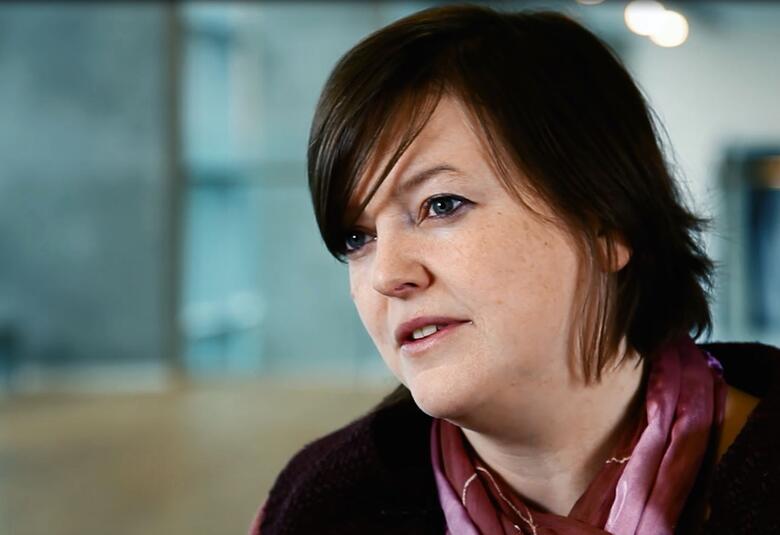The new ICHD-3 guidelines include changes in the diagnostic criteria and terminology for several headache disorders. What is the best way to use this major update in the clinic? Dr Deeb Maxwell Kayed of the Dubai Neurology Service, UAE, described some of the key features and updates at the World Congress of Neurology 2019.
The recently published third edition of the International Classification of Headache Disorders (ICHD-3) is the first complete update to these diagnostic guidelines since 2006.
ICHD-3 is divided into three sections, as well as an appendix:
- Part I: primary headaches, accounting for 90% of all headache diagnoses.
- Part II: secondary headaches, requiring treatment of the underlying disorder as well as the headache.
- Part III: neuropathies & facial pains and other headaches.
Primary headaches
Part I (primary headaches) is divided into four subtypes: migraine, tension-type headache, trigeminal autonomic cephalalgias (such as cluster headache), and other primary headache disorders (such as cough headache).
ICHD-3 is very useful for rarer types of common symptoms. For example, 90% of aura symptoms are visual, but ICHD-3 also lists others: sensory, speech and/or language, motor, brainstem and retinal aura. Only one of these aura symptoms is required to fulfill one of the diagnostic criteria.
In some disorders, several criteria for diagnosis have changed
Another criterion relates to characteristics of the aura. For example, each aura symptom should last between 5 and 60 minutes. This is important to note, as a sensation of flashing lights for a few seconds would not be an aura symptom.
Validation
Visual aura symptoms show how some earlier diagnostic criteria have been validated. This is important as visual aura symptoms of migraine need to be differentiated from other possible causes that require different treatment, such as transient ischemic attack or seizure.
The Visual Aura Rating Scale (VARS) quantified how each characteristic contributes to aura. A score of at least 5 points gives a diagnosis of migraine with aura with a sensitivity of 91% and specificity of 96% in the validation sample.1
Updated terminology
Importantly, some of the terminology in ICHD-3 has changed. For example, migraine with brainstem aura was previously called basilar artery migraine but is now known not to be a vascular problem.
In addition, some previous terms are now considered to be misleading. The condition previously called ophthalmoplegic migraine is now known not to be migraine at all. It has been renamed Recurrent painful ophthalmoplegic neuropathy and is classified in Part III.
Dr Kayed recommended that as the official terminology has changed, clinicians should also change how they refer to these disorders.
New criteria
Some disorders have updated criteria. Chronic migraine was previously listed under complications of migraine, but now has its own separate category in Part I. Before, patients were required to have 15 or more migraine headache days per month. Now, only half of those headaches need to be migraine-like. This change was made because some apparently tension-like headaches can respond to triptans, so could actually be migraine headaches.
Clinicians should use the new official terminology when describing headache disorders
Similarly, a diagnosis of cluster headache no longer has to include autonomic symptoms. A sense of restlessness or agitation is now an alternative factor. This is different from migraine, where a patient typically does not want to move at all.
Secondary headaches
Part II includes over 250 different types of secondary headache, each with its own diagnostic criteria. Previously, diagnosis required the headache to be resolved by treatment of the underlying condition, but now diagnosis is possible at the first consultation.
Some of the criteria are deliberately strict to avoid misdiagnosis. For example, cervicogenic headache, a type of secondary headache, has specific criteria so that it can be differentiated from neck pain common in many migraine patients. Dr Kayed recommended that the criteria should be followed very carefully when such conditions are suspected.
Helpful appendix
The Part IV appendix, a particularly useful part of ICHD-3, gives an insight into how headache disorders were thought about in the past, how they may be considered in the future, and topics that are more controversial.
Some conditions in the appendix, for example “visual snow”, are no longer thought to be part of migraine. Others, such as for vestibular migraine, are included because experts in the field have not agreed on the diagnostic criteria.
Headache due to space travel may become more important as private space travel becomes more common.
Emerging conditions also appear, such as headache attributed to travel in space. This requires that the headache has occurred only during space travel and spontaneously improved upon returning to Earth. It is possible that clinicians will start to see this in the future as recreational space travel gains popularity.
Use it!
Dr Kayed pointed out that it would be impossible for one person to know all the diagnostic criteria for the hundreds of types of headache outlined in ICHD-3. His advice is to download it and use it actively. If clinicians show patients why they are giving a certain diagnosis, they are more likely to accept it.
Our correspondent’s highlights from the symposium are meant as a fair representation of the scientific content presented. The views and opinions expressed on this page do not necessarily reflect those of Lundbeck.




